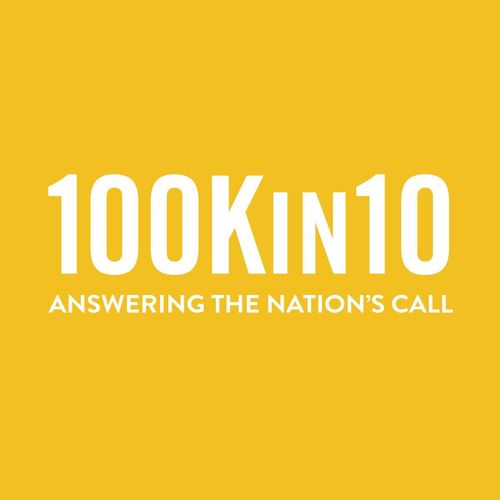Teacher Forum Talks: Defining, Accessing, and Investing in STEM

August 27, 2019
Here at 100Kin10 we seek out the perspectives of STEM teachers from across the country through our Teacher Forum. Members help us keep a pulse on what’s happening inside schools and classrooms by holding listening sessions with their local STEM teaching communities and sharing back what STEM teachers are hearing, seeing, and experiencing.
Teacher Forum members recently shared what they’ve been hearing from their peers, which echoed many of the themes we have heard from the Forum previously. From our conversations with them, we identified three major takeaways: (1) despite a lack of agreement about what STEM means, teachers are eager to see STEM learning prepare students for the workforce they will enter; (2) equity and access are a primary concern for teachers around the country, and (3) greater support from administration is paramount to STEM learning.
Too many school communities don’t have a common understanding of STEM, but teachers agree that STEM learning must prepare students for the future workforce.
There continues to be disagreement within schools about what STEM means. Several members shared that some teachers in their schools believe that STEM should focus more on the sciences, while others think the majority of STEM learning should be focused on mathematical or engineering concepts, and still another set are all about STEM integration. This can create confusion for STEM teachers within the same schools as there is not a shared expectations for STEM projects and curriculum.
Despite many different views of what STEM learning should look like among colleagues, many teachers would like to see STEM better reflecting the interconnected world and workforce students will be entering. One member shared, “The more blended we can truly make STEM, the better for all students. Eliminating the silos that we so often teach in will truly portray the world we live in.” Teachers are committed to preparing students for the workforce of today and tomorrow, and many believe that a more integrated approach to STEM will achieve that, recognizing that “most professionals are not just one thing, they have multiple different skill sets.” This perspective could call for a more inclusive definition of STEM that cuts across academic subjects and even career and technical education, a trend our Teacher Forum has already noted.
“STEM courses help [students] develop the critical thinking and problem solving skills in a real world context which are needed in the workforce.”
Equity and access are top of mind for STEM teachers.
Also on the forefront of many teachers’ minds is equitable STEM learning. It is clear that many teachers are passionate about ensuring that all students are receiving quality STEM education supported by sufficient resources regardless of what school they attend. They identified several ways outlining how equity and access vary from school to school. As one member lamented, “Depending on what school your child goes to, the amount of STEM they receive differs.” For example, some schools take students out of STEM classes in order to find time in the school schedule to comply with special education or other specific needs. (Of course, providing opportunities to students based on their specific needs is very important; teachers were reacting to the fact that these students do not have access to STEM learning in these situations.) Teachers also mentioned the lack of affordable after school and early childhood STEM programs in many communities.
“We kept coming back to the inequity of opportunity. Access is not one size fits all.”
An investment in teachers is an investment in STEM learning.
We continue to hear from teachers that too often their administration undervalues STEM and therefore does not invest in professional growth for STEM teachers. Members shared ideas from teachers in their listening sessions to counter this tendency, including professional development that aligns with new learning standards and focuses on creating more engaging STEM classes. Another idea was adjusting schedules to enable greater teacher collaboration (which is one of the highest-leverage catalysts that 100Kin10 partners are currently addressing through our work environment efforts), and pairing new STEM teachers with an experienced peer to support their practice and increase their confidence. Additionally, teachers emphasized the value of in-building STEM specialists who create curriculum and give feedback on lessons.
“Teachers who have confidence will do what they know is good teaching in STEM but there are lots of teachers that don’t have that confidence yet”.